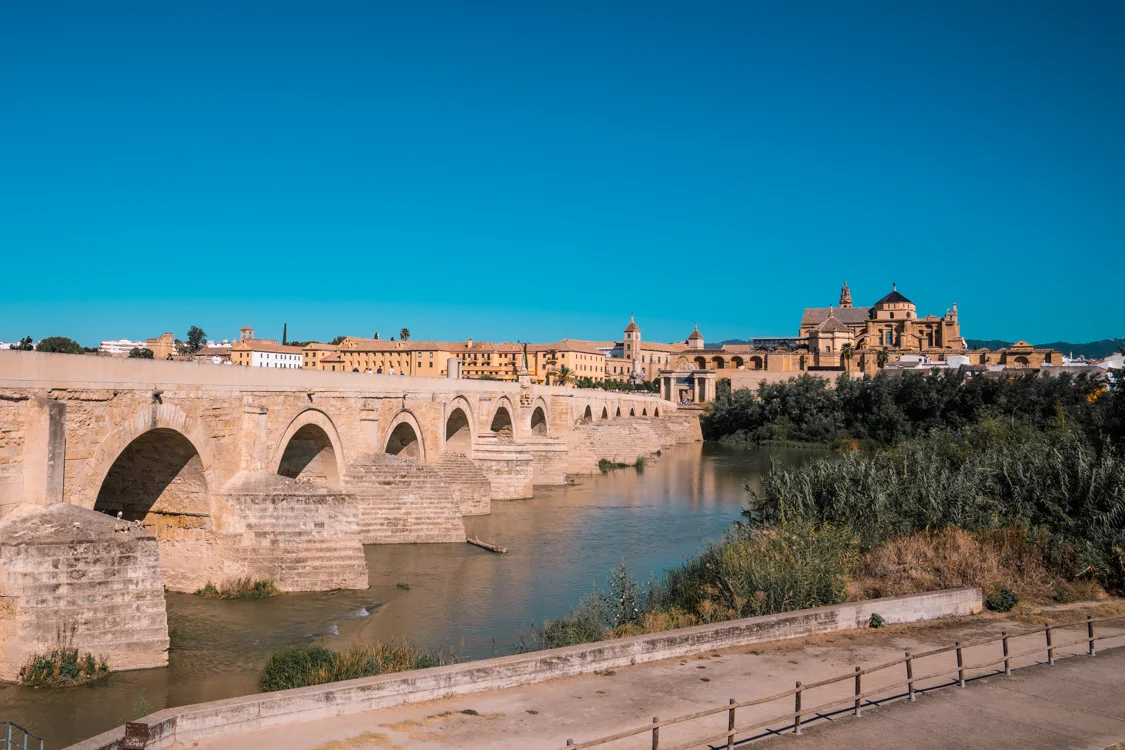With a city so rich in its history and beauty, Córdoba, Spain is a magnificent place to add to your travel itinerary. While there is so much to see and do, we will run down the 7 best things to do in Córdoba, Spain to make the most out of your trip!
Córdoba is the historical capital of the region to which it gives its name, the seat of power of the Muslim rulers who built the city’s famous mosque since converted into a Christian cathedral.
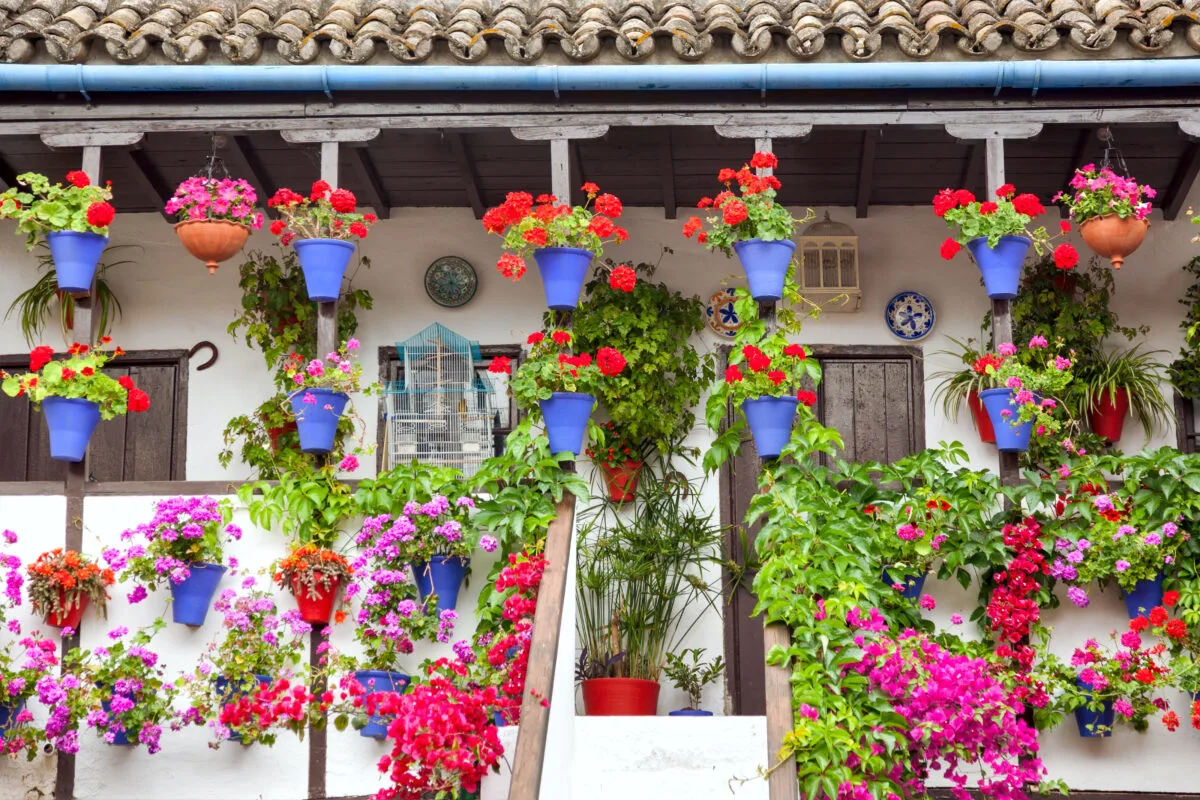
The rich and varied history of the city of Córdoba has endowed it with an extraordinary and unique heritage, from the millennia-old Roman engineering of the bridge across the river to the flower festivals that bloom and fade over a few days.
See for yourself the fantastic mix of influences from the Jewish populations, their ancient, cramped quarters, and how they sit side-by-side with the palatial Alcázar de los Reyes Cristianos. There is contrast but continuity in the local stone’s mellow colors everywhere.
There are so many things to do in Córdoba and so much to see that we have put together a short list of the 7 best things to do in Córdoba, Spain, to help you decide how to spend your time in the city.
Visit the Mezquita
The construction of the Great Mosque of Córdoba began in the year 784 CE. It was extended through the 9th and 10th centuries until it became the largest holy building in the Muslim world. It remains the third largest Mosque of the ancient world even today.
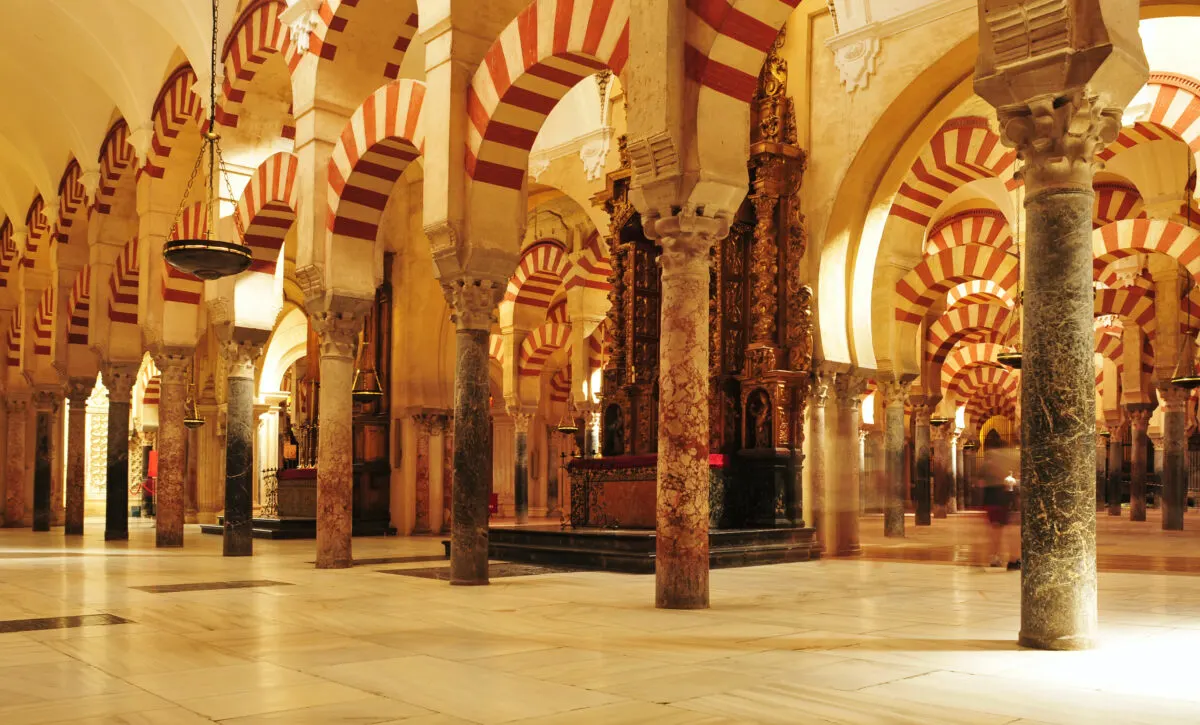
- If you are fit and up to the challenge, grab a ticket for a bell tower tour. It is the equivalent of climbing a 12-story building, and the views from the top make it one of the most iconic things to do in Córdoba.
- The tickets are not available in advance so get to the ticket office in the Patio de los Naranjos early to get your favored time slot.
- Visiting the main cathedral early before the 9:30 a.m. mass is free, as access to religious services is not charged. The last admission is 30 minutes before the doors are shut at six in the evening.
- As an alternative, there is a night tour called the ‘Soul of Córdoba,’ which starts in a gallery across the street where a brief history of the Mezquita is shared via panels and a video presentation. Once in the building, the light levels are kept deliberately low to highlight the areas on the audio tour. This is not to be missed if ancient Islamic architecture really grabs you!
- In the 12th century, the ruling caliphate built the Torre de la Calahorra, a defensive tower to protect the bridge and keep a lookout. Three hundred years later another structure, the Gate of the Bridge, was built to further shore up protection for both the bridge and the city.
- If you are a Game of Thrones fan you might recognize it from Season Five, when it was used as the location for the ‘Long Bridge of Volantis.’ At over 800 feet in length, it’s certainly a way to get some steps into your daily count.
- Take a stroll at sunset as the lights begin to come on across the city and watch the stone glow gold in the sunlight. Take a moment to capture those perfect selfies to post to friends and family.
While visiting Cordoba, consider a day trip to Seville, Andalucía’s capital. At just a little over an hour’s drive, Seville is a vibrant city with cobblestone streets, beautiful Andalusian balconies, and an exciting culinary scene!
Explore the Alcázar de los Reyes Cristianos
The Palace was built under orders from King Alfonso 11th of Castile in 1328 as a military and royal building, a center of power in Córdoba, but as with many buildings in the city the foundations are Roman, and many of the walls date from the caliphate.
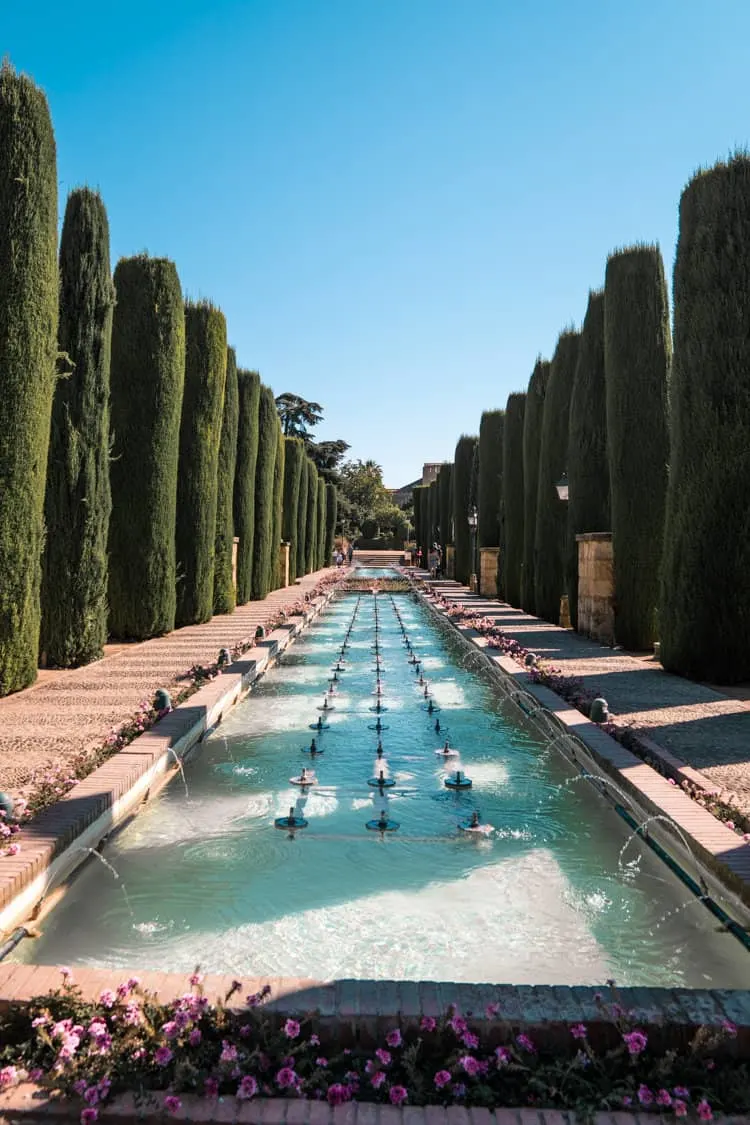
- It’s a building that can leave no one in any doubt that the Reconquista, the driving out of the caliphate, was meant to be permanent. Its architecture is meant to be redoubtable with its towers that command extensive views across the city to all quarters.
- The exterior of the palace gives little clue to the opulence and elegance of the interior, or of the gardens, which are perhaps the most exquisite feature.
- The palace has a long and bloody history. The Spanish Inquisition used it as a headquarters for nearly three centuries, and it was the main garrison for the final assault on Granada and the Alhambra, the last Islamic holdout on the Iberian Peninsula.
- Tickets and tours are available, and on public holidays entry to the museum is free after 6 pm.
Lose Yourself in the Jewish Quarter (Judería)
It might be hard to believe but Córdoba is home to one of only three synagogues in Spain, but that was the terrible legacy of the Spanish Inquisition that allowed no other religious observance other than Catholic.
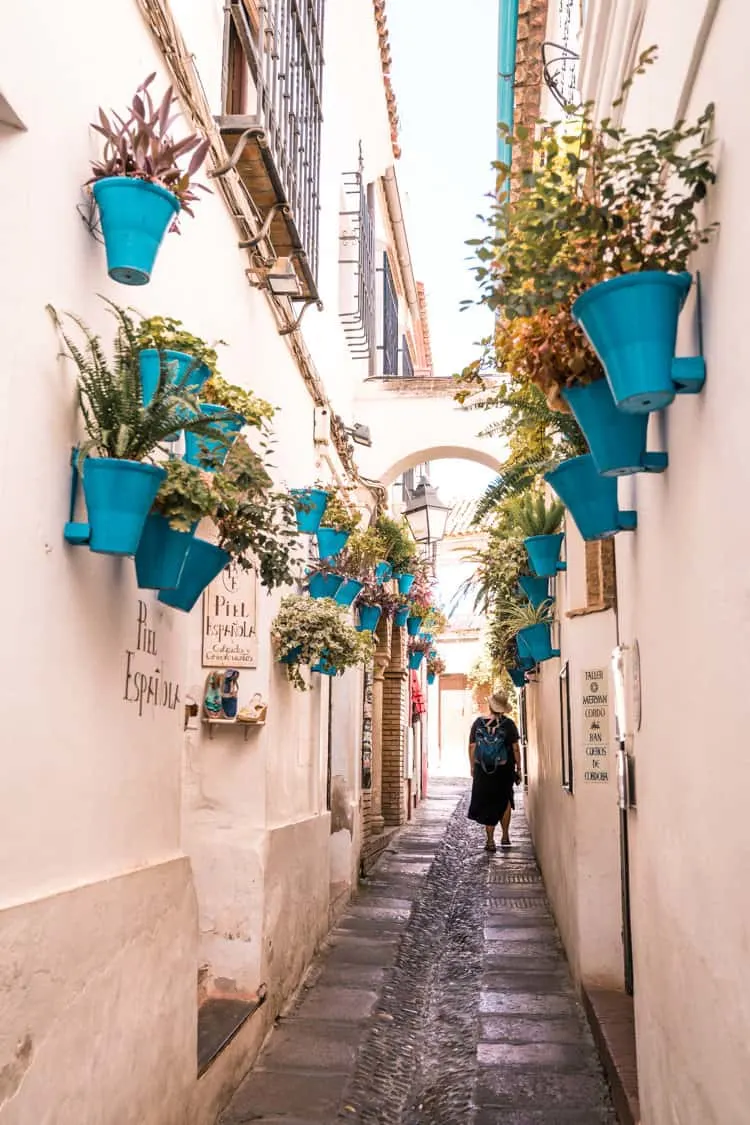
A Jewish population has been recorded in the city since records began and show that Jews were living here in Roman times, through the occupation by Visigoths, and they thrived under the caliphate too.
The Judería dates mainly from the tenth to the fifteenth century and today it is one of the most picturesque areas of Córdoba with its narrow streets and whitewashed buildings. It’s a favored area for boutique accommodation too as it is well-connected to all areas of the city.
The best way to really enjoy and get to grips with the deep history of the Judería is to take a walking tour with a local expert guide. See the details that you might well miss and hear the stories of the people who called the Jewish Quarter their home.
- 100 years later it lay in ruins, a result of a brutal local civil war. It was lost and forgotten.
- 900 years later it was rediscovered and excavated, and today you can take a tour to visit this urban wonder, preserved as a snapshot of what city life was like a millennia ago. Unlike Córdoba, which was settled and built and rebuilt upon for centuries, Medina Azahara has no other roots, foundations, or influences other than the Umayyad Islamic civilization.
- There are several tours available, including a two-hour guided night visit, all of which will deliver deep insights into the culture and heritage of the Al-Andalus empire and its cultural impact on the Spanish peninsula.
Tantalize Your Tastebuds with Local Cuisine
As with many great cities, Córdoba has its own local specialties that it would be a shame to miss. Go bar hopping and try tapas at as many different bars as you can fit in. It’s a local tradition, to ‘tapear!’
Consider adding a wine-tasting experience to your evening out. Our favorite is the Córdoba local wine-tasting tour. You will spend an hour at a local wine shop, learning local history while sampling four different wines, and it’s paired with delicious snacks!
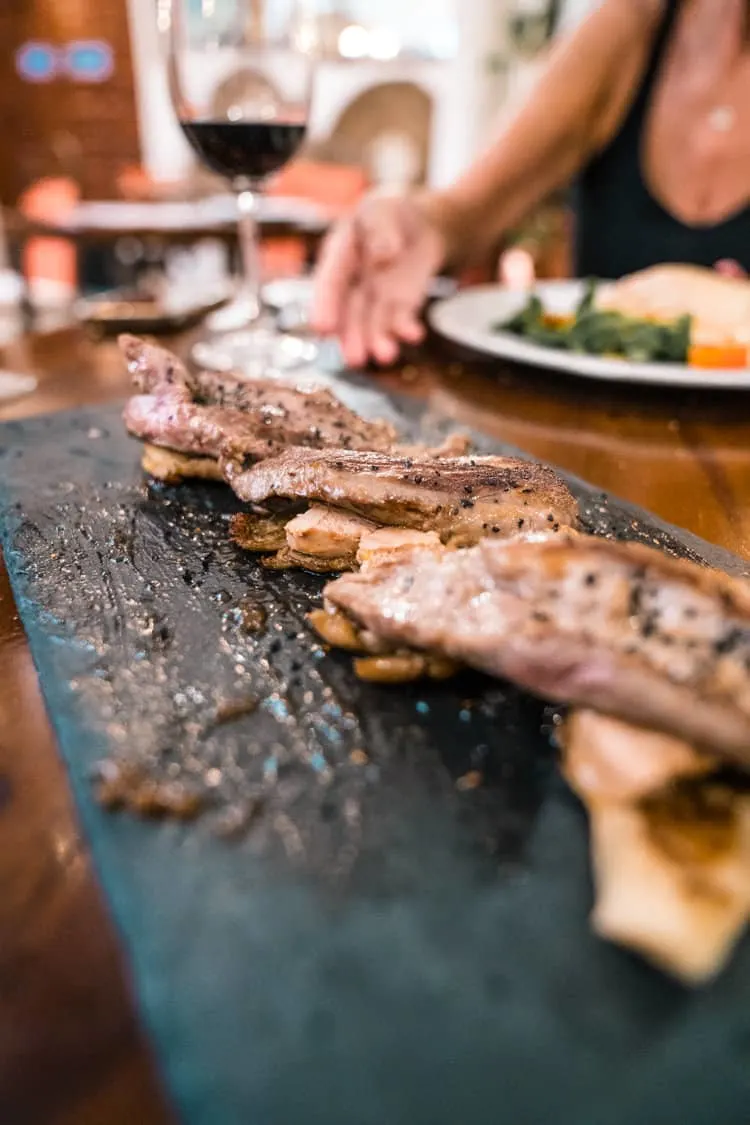
- Try a bowl of salmorejo, a cold soup that looks like its more famous cousin, gazpacho, but tastes completely different. Served with slices of boiled egg or serrano ham it makes a great entree.
- Flamenquin is another local dish, a deep-fried slice of serrano ham wrapped in pork and dipped in breadcrumbs. Served with fries and mayo it will keep you going to the next stop!
- For those with a sweet tooth, order up a dish of Berenjenas con miel, eggplant with honey, or a Pastel cordobés, named for the city, a pastry laced with ‘angel’s hair’ pumpkin jam, and sprinkled with crushed almonds.
- La Cantina Miguel, on the Calle Reyes Católicos, is a favorite spot for locals looking for breakfast, lunch, or dinner. Friendly and informal, everything is in season and traditionally laced with local produce.
Attend the Festival of the Patios (If You’re Lucky)
For the first fortnight in May, the doors to the courtyards of the city of Córdoba are thrown open to the public to celebrate the new blooms of geranium, jasmine, and carnations. Spring is giving way to an early summer and the city comes alive with flamenco, live music, art exhibitions, and generous hospitality.
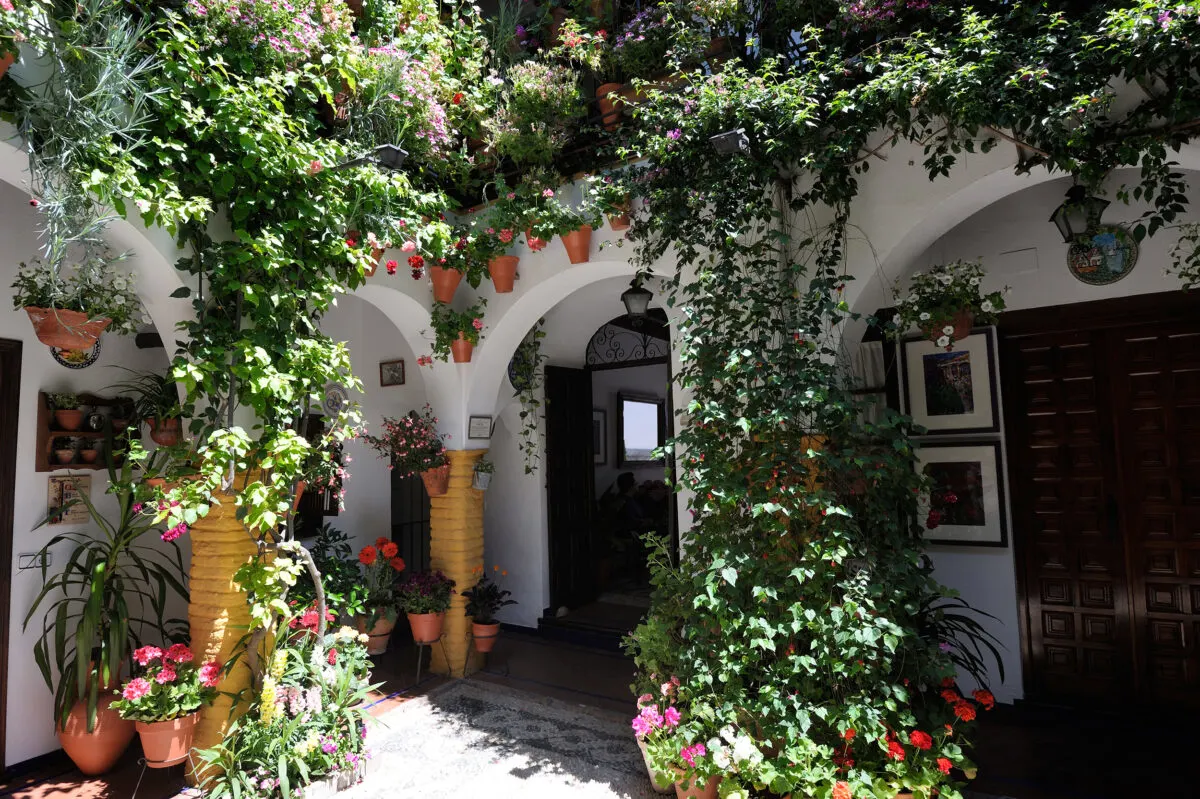
- The flower festival gives the curious traveler access to the ancient, private enclosed piazzas, patios, and other private spaces in the old quarter, with plants hung from every window and balcony in a riot of perfume and color.
- On the first day in May, there is a procession, the Battle of the Flowers, with carts and floats bedecked with blooms crowding through the streets of Córdoba. A sight not to be missed if you are lucky enough to be there!
- The festival is listed by Unesco as an example of Intangible Cultural Heritage for its community-based celebration of cooperation and close-knit living, openness, and hospitality.
- The patios can still be visited outside of the festival season through the Trueque Cuatro Courtyards Festival Visitor Centre.
Conclusion: 7 Best Things to Do in Córdoba, Spain
Córdoba is more than just a destination in southern Spain, it can be a journey in itself, through more than two thousand years of history and culture. Traditions are strong and are worn with pride in the city, in the food, in the flowers, in the welcome extended to visitors.
You will want to stay for longer than you allowed yourself, so expect to return and get to know one of the special cities of Al-Andalus, and enjoy its deep roots, rich history, and extraordinary atmosphere.
AUTHOR BIO
Lucia is a travel blogger living in Southern Spain, sharing her discoveries of beautiful locations, hidden gems and stunning historical sights on her travel blog Viva La Vita.

